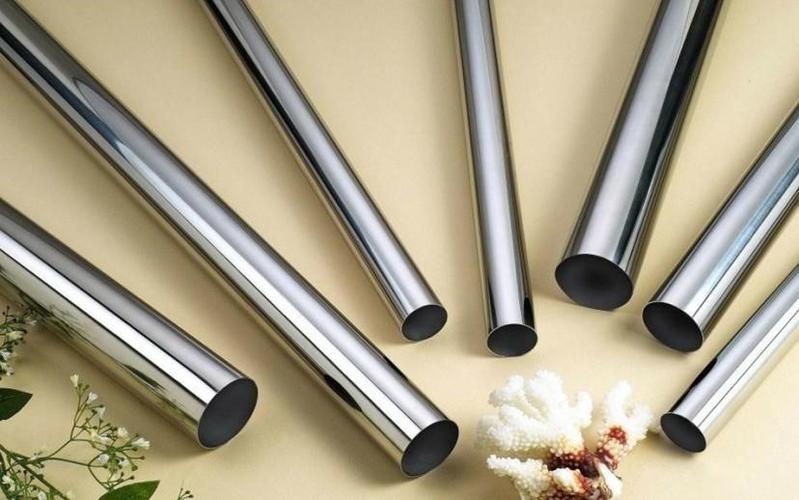
Both hot rolling and cold rolling are processes for forming stainless steel coils or steel plates. They have a great influence on the arrangement and function of stainless steel plates. The rolling of steel is mainly hot rolling, and cold rolling is only used to produce small sections and steel sheet.
Cold rolling stainless steel
At room temperature, the steel plate or strip is processed into various types of steel through cold drawing, cold bending, cold drawing and other cold processing.
1. Although there is no thermal plastic shrinkage during the forming process, there are still residual stresses in the section, which will inevitably affect the reluctant properties of the steel as a whole.
2. The cold-rolled section steel style is generally an open section, which makes the rigidity of the section change lower. There is a slight change in the bending, and the bending and torsion is slightly reluctant when under pressure, and the torsion resistance is poor;
3. The wall thickness of cold-rolled steel is small, and there is no thickening at the corners of the plate connection, and the ability to bear partial combined loads is weak.
Hot rolling stainless steel
Advantages: It can damage the casting arrangement of the steel ingot, refine the grain of the steel, and eliminate the defects of the micro-arrangement, so that the steel arrangement is dense and the mechanical function is improved. This improvement is mainly reflected in the rolling direction, so that the steel is no longer isotropic to a certain extent; bubbles, cracks and looseness formed during casting can also be welded under the effect of high temperature and pressure.
1. After hot rolling, the non-metallic inclusions (mainly sulfides and oxides, as well as silicates) inside the steel are pressed into thin sheets, showing delamination (interlayer). The delamination greatly deteriorates the tensile function of the steel in the thickness direction, and it is possible to show interlayer tearing when the weld is shortened. Part of the strain induced by weld shortening often reaches several times the yield point strain, which is much larger than the strain caused by the load.
2. Residual stress caused by uneven cooling. Residual stress is the internal self-balanced stress without the effect of external force. Hot-rolled steel sections of various sections have such residual stress. Generally, the larger the section standard of section steel, the greater the residual stress. Although the residual stress is self-balanced, it still has a certain influence on the function of the steel member under the effect of external force. For example, it may have adverse effects on deformation, stability, and fatigue resistance.
Wuxi Hongwang produces and sells professional cold rolling stainless steel and various stainless steel products. Our technology is at the leading position in the industry. More news and information, all in Wuxi Hongwang.
Tag: cold rolling stainless steel, hot rolling stainless steel
Vector control of variable frequency transformer
2023-10-14Thermal deformation structure and behavior of silicon steel
2024-02-202,700 Tons Steel Transported from Ningxia to Countries along “Belt and Road”
2020-11-09Alloy Steel vs. Stainless Steel: What's the Difference?
2025-10-21Look forward to the next flower with Hongwang.
2023-06-08Do you know the stainless steel water pattern sheet?
2022-11-09







